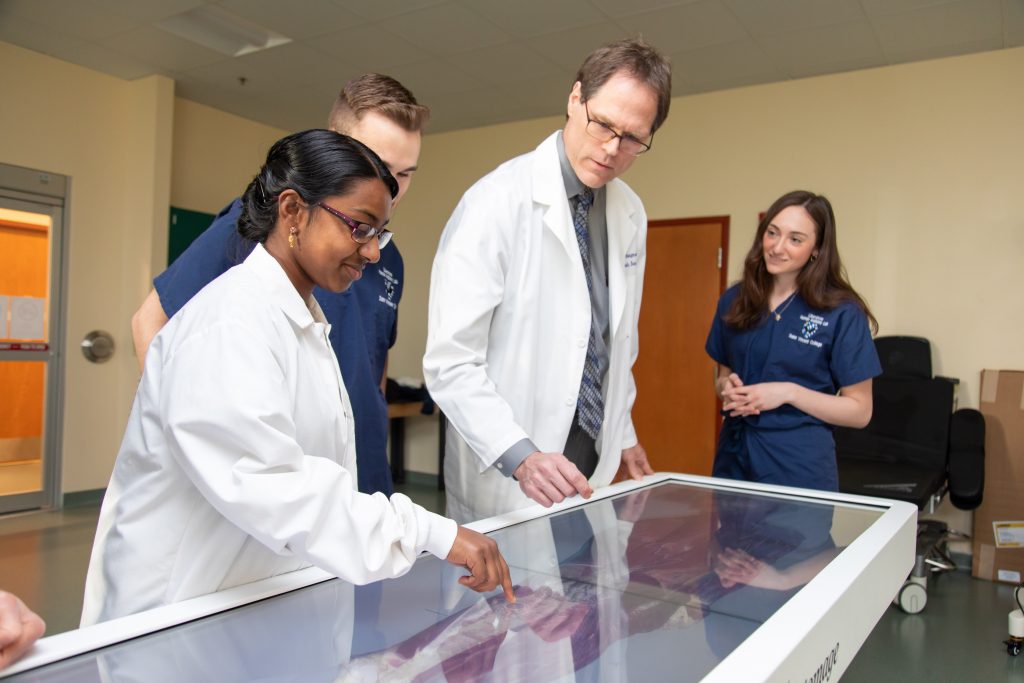Together, We Succeed.
Increasing Diversity And Inclusion in Medical Schools and Pre-Medicine Programs Through Representation, Curricula, and the Arts

At its core, “inclusion” is the practice or policy of providing access to opportunities and resources for people who might otherwise be excluded or marginalized. Inclusion in healthcare starts with medical schools and pre-medicine programs. Providing opportunities to diverse groups of future doctors and other healthcare professionals creates diversity in the healthcare professions and leads to cultural competency, “the ability of healthcare providers to offer services that meet the unique social, cultural, and linguistic needs of their patients.” And diverse patients benefit.
Representation in Medical Programs
According to findings published in the JAMA Network Open, even though absolute numbers of historically underrepresented medical students have increased over time, Black, Hispanic and American Indian students still remain underrepresented in medical schools. The rate of their representation has not kept up with changes in the overall population. The same is true for women in the profession.
“Persistent underrepresentation of women and minorities remains in medical school faculty and the broader physician workforce, and the same inequities exist in hospital medicine, … [which] highlights the impact widespread implicit and explicit bias has on creating exclusionary environments,” writes one group of doctors. In addition to growing diversity within practicing physicians and other healthcare professions, other concrete practices they recommend to increase inclusion in medicine include diversity and inclusion practices in: recruitment and retention; scholarship, mentorship, and sponsorship; and community engagement and partnership.
Efforts focused on increasing diversity in the medical field have been ongoing for over a decade. One University of Pennsylvania Medicine article explains the “mounting evidence that demonstrates the benefits — including the advancement of patient care, science, and health equity — of a physician workforce reflective of its patient population.” Additionally, inclusion in medical school curricula and understanding present biases concerning race can also help further eliminate racial biases found in current medical school texts.
Arts and Humanities
According to research published in the Journal of General Internal Medicine, time spent engaging in the arts may also bolster the qualities that improve competencies that lead to inclusion in medicine, such as empathy, wisdom and emotional intelligence (it can also help reduce burnout).
Other studies have described how training in the arts and humanities can “foster professionalism, listening skills, cultural sensitivity, ethics, empathy, or a commitment to humanism.” Studying the arts and humanities at a liberal arts college like Saint Vincent can help students understand other cultures, build empathy, and understand their ability to take on big changes to grow inclusion in medicine, and ultimately help patients. Opportunities include those like learning from Dr. Elaine Bennett, Dean of Saint Vincent’s School of Arts, Humanities and Social Sciences. As an applied medical anthropologist, Bennett’s scholarly work focuses on child health and nutrition in indigenous populations in Guatemala and helping to develop, improve and evaluate maternal and child health programs in community-based organizations.

